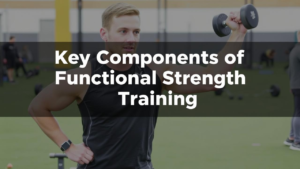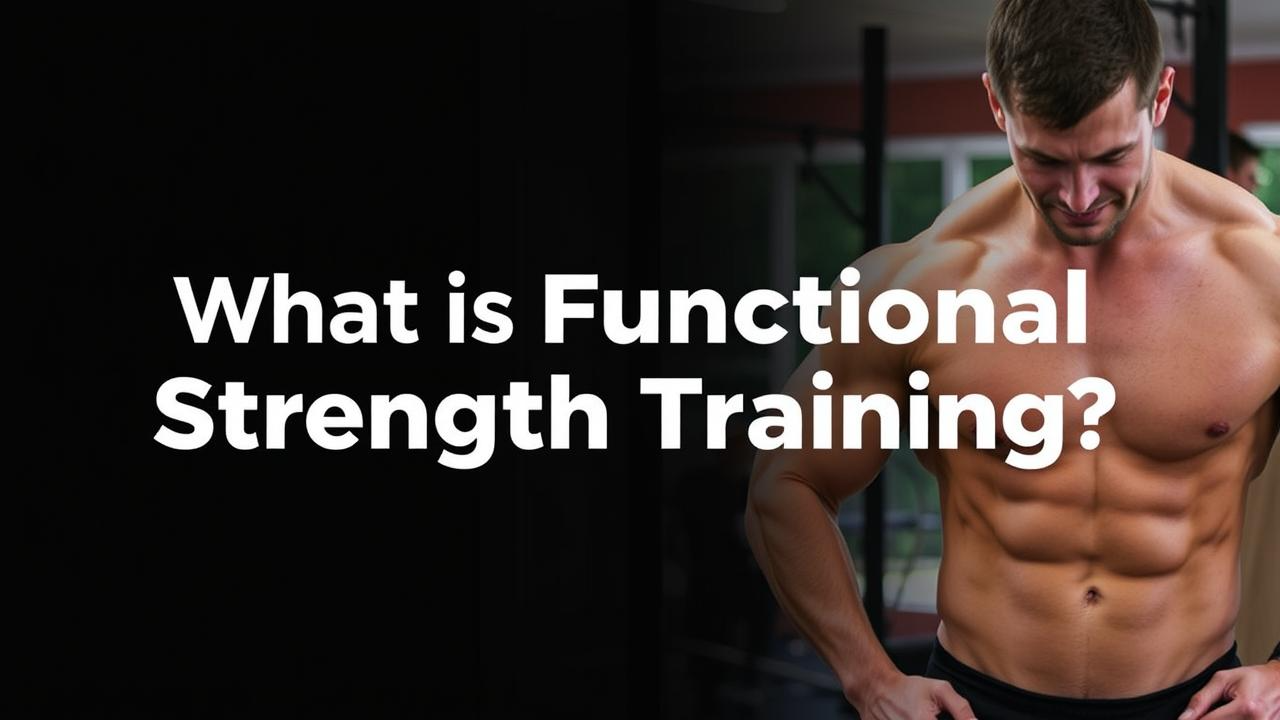Unlocking Your Body’s Potential!
Hello, fitness friend! Have you ever experienced going into a gym and wondered what the whole hype was with functional strength training? You aren’t alone! With many different types of training out there, it can be quite a challenging task to choose the method that would fit best for you. But don’t you worry; we’re going to take a deep dive into the world of functional strength training. Let’s peel back the layers and get to the core of what it really is—and why it might just become your new favorite workout.

So, What Exactly is Functional Strength Training?
Such a kind of training tries to teach the body certain movements and applications that fit into this would essentially encompass preparatory work for more real-life movements and activities. Basically, this is the sort of work that builds base strength that allows one to carry out tasks in an easy way on a day-by-day basis. One might say it’s like training one’s body for life much more than for appearances in front of the mirror inside the gym.
Picture this: You are lifting boxes, chasing after your kids, or just getting yourself off the couch for greater things like snacks (we all do that). Functional strength training is made up of moves that work in pretty much every scenario imaginable in life—sort of a mix of compound exercises that integrate many of the body’s muscles together to help aid in enhancing coordination and balance, flexibility, and above that, power.
Key Components of Functional Strength Training

Now that we know what functional training basically is, let’s break down some key components of functional training that make it stand out:
1. Movement Patterns: In functional strength training, more emphasis is placed on the natural movement patterns your body was designed to perform. These include pushing, pulling, squatting, and lunging. Instead of isolating any single muscle group, functional training encourages exercises that work on multiple groups at once. Such as squats and overhead presses that activate your legs, core, and upper body, thus making it suitable for entire body workouts!
2. Core Stability: I cannot stress enough the importance of core strength in every movement of our lives. Just think! Your core is the center of gravity in your body. From standing tall to bending down to tie your shoes, a strong core is the foundation of good posture and balance. Functional strength training incorporates many core-centric exercises—hi there, planks and medicine ball twists!—to keep you steady during all those tiny little moments in life.
3. Range of Motion: This specific type of training focuses on flexibility and movement through a full range of motion. Have you ever implanted your arm into a certain position while you picked something from the ground only to realize that you couldn’t just get to it?
4. Variability: This is why functional strength workouts work: they are full of different kinds of movements and tools to keep things exciting while continuing to challenge your muscles anew. From kettlebells to resistance bands, this mean that you are less likely to hit a dreaded plateau and more able to stay engaged with your workouts.
The Benefits of Functional Strength Training:
So, how does one integrate functional training into life? Apart from the Olympic caliber of coolness–who doesn’t want to be the one who can lift and move things with ease?–there are plenty of benefits to functional strength training:
- Increased Strength: You’ll actually notice better strength with daily routines such as hauling grocery bags or lifting your luggage.
- Enhanced Mobility: Increased flexibility or range of motion with functional training brings about far easier movements in everyday life with a lower risk of injury.
- Improved Balance: Balance is one area in which functional exercises tend to challenge; that becomes increasingly important as we age and nobody wants to be that person who trips over his or her own feet, right?
- Accessible to All: A functional strength workout is for everyone. If you’re a new mom, an athlete, or just someone who wants to feel better in his or her own body, functional strength training is for you. Movements can readily be adjusted to fit into anyone at any level of fitness.
Getting Started with Functional Strength Training
If this is a totally new concept for you, do not worry; here are simple suggestions to help you:
- First start by assessing the needs: Identify the movements you perform regularly in your life, such as the lifting of any heavy object or reaching for an object on a high shelf.
- Start simple: Begin with some of the more basic movements, such as a squat, lunge, and plank. Use light weights or work with your body weight so you can become accustomed to performing them properly.
- Find a class or trainer: If everything looks overwhelming, just hop into a group class or hire a personal trainer experienced with functional training to show you the ropes.
- Listen to your body: It’s all about improvement, not perfection. If something doesn’t feel right to you, don’t do it; find another exercise instead.
Conclusion
While functional strength training is great to blend fitness with real-life applications, it is not just to build muscles; it is really about making our lives easier. So let it flow! Make it more enjoyable to get things done!


